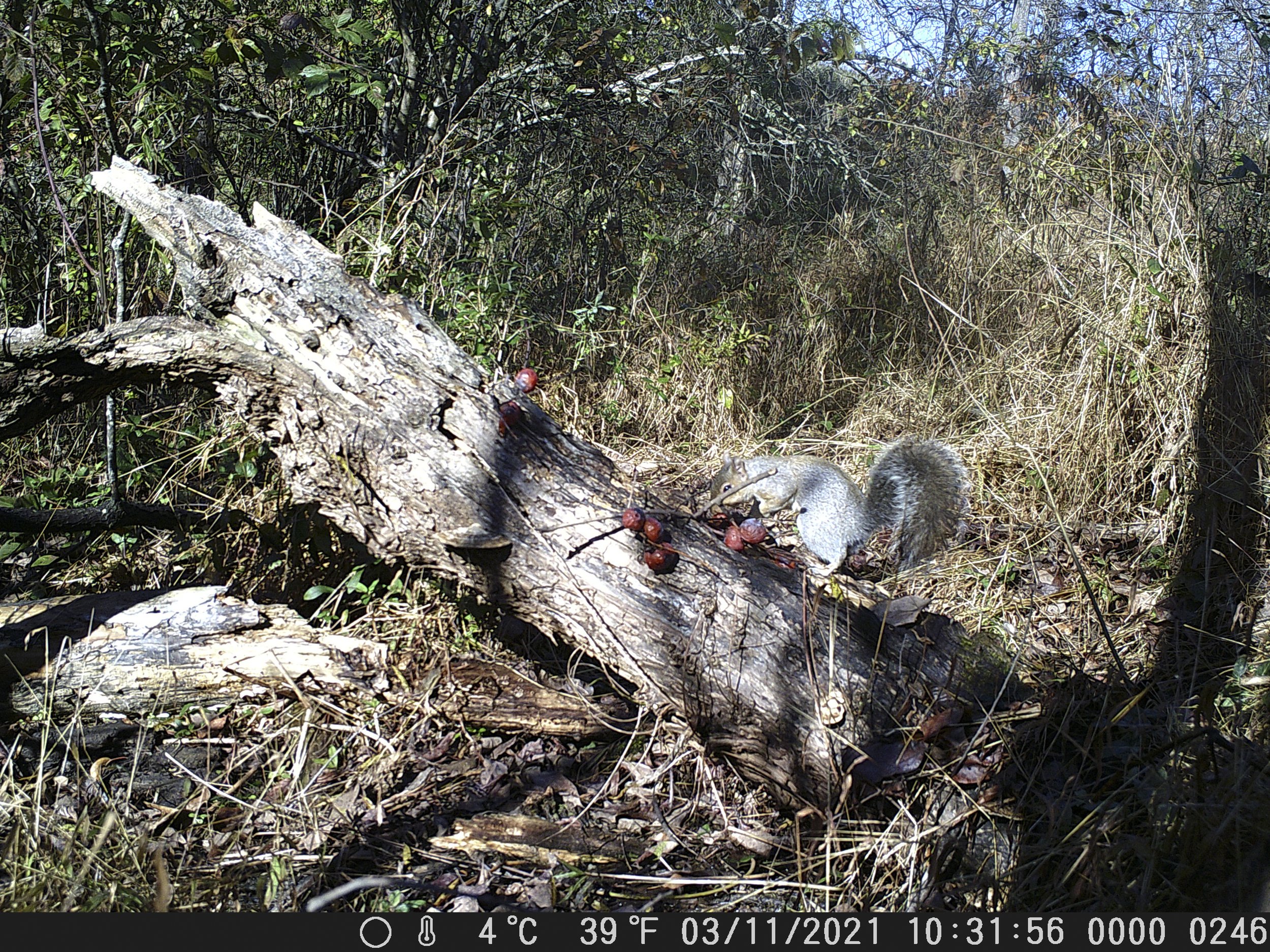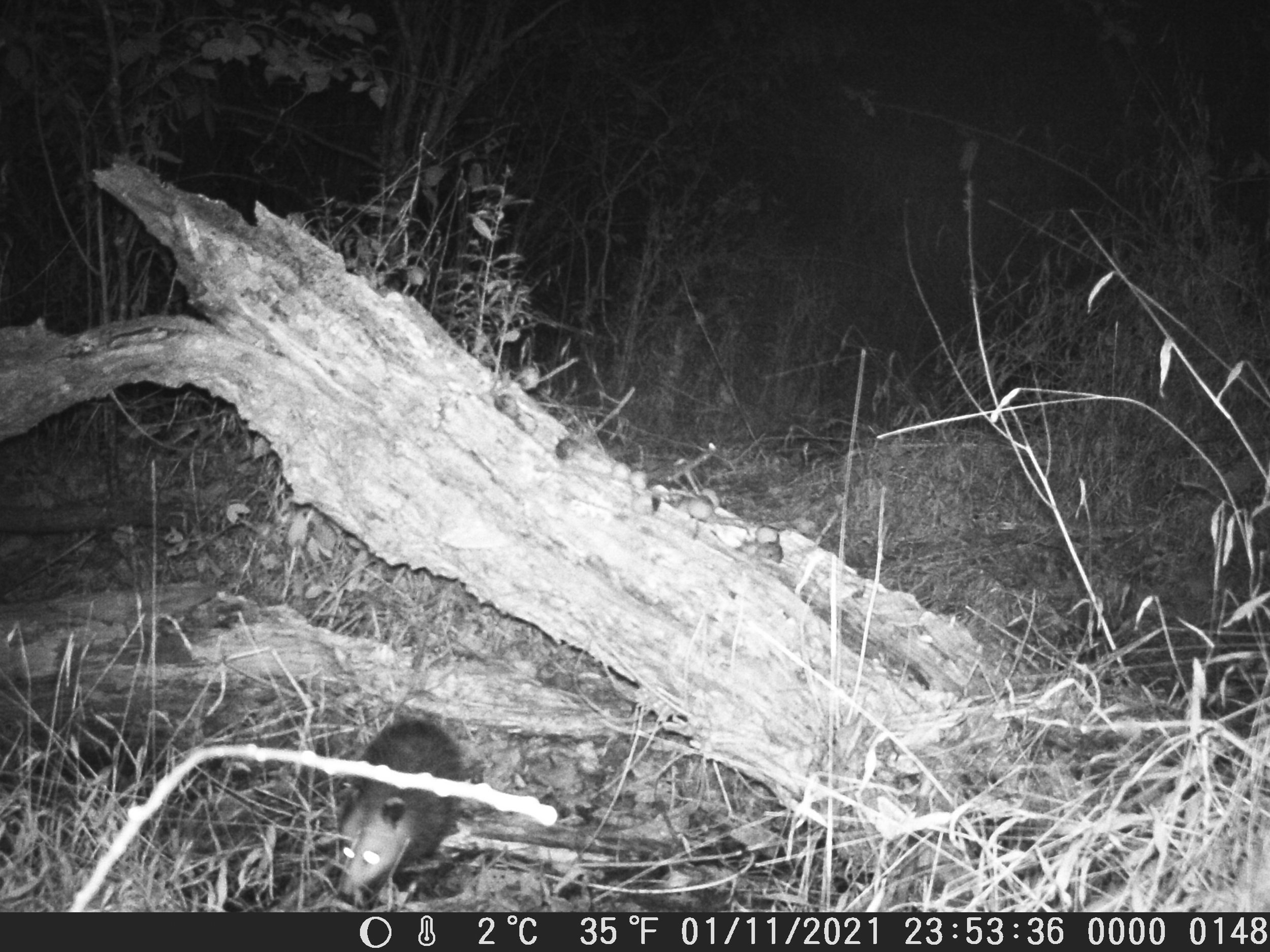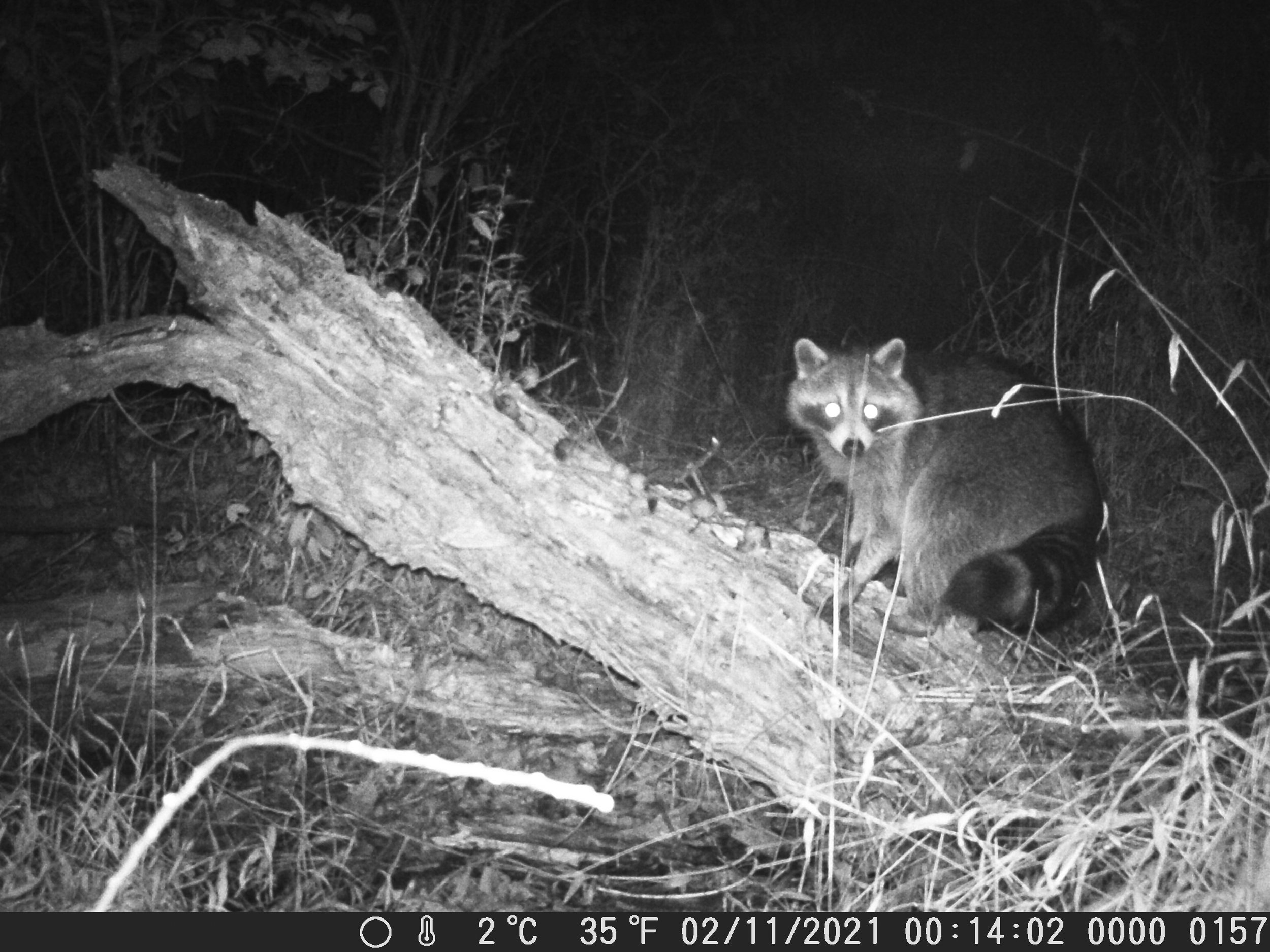A Divine Fruit: The American Persimmon
Emily Ellis
Native persimmons are a fruit many of us have heard of but never tried. The walnut-sized orange berries begin appearing in the fall, and their small, bare-branched trees are easy to overlook when there is more impressive autumn foliage to catch the eye.
Excruciatingly astringent when unripe, if you pop a persimmon in your mouth at just the right time of year you’re in for a soft, sweet, heavenly treat – and will understand why their genus name, Diospyros, roughly translates to “food of the Gods.”
Michaux, François André, Histoire de arbres forestiers de l'Amérique septentrionale, 1810-13
Like the pawpaw, the American persimmon is a native fruit tree that sustained people and wildlife throughout its range for thousands of years, but doesn’t receive much attention outside of forager circles today. It’s less astringent relative, the Asian persimmon, makes far more appearances in recipes, orchards and grocery store aisles. But the American persimmon – which likely first traveled from Asia to the Americas via the Bering Strait – has a unique flavor and history all its own.
Since ancient times, the tree, which ranges from Connecticut to Kansas to Florida and as far west as Texas, was widely cultivated for food and medicinal uses by Native peoples. Dried on their own or baked into cakes, the nutrient-rich fruits could last till the next season. (The word “persimmon” is an anglicized version of the Powhatan name for the fruit, pichamin.) The tree’s bark and sweet syrup were also used to treat a range of health problems, particularly for sore throats and mouth ailments such as thrush, as multiple parts of the tree have antiseptic properties. Persimmons also were featured in the legends and stories of many peoples who lived in its range; the website firstpeople.us retells many great legends about persimmons.
Europeans first became aware of the existence of the fruit around the year 1600. Thomas Harriot – a member of the ill-fated Roanoke colony in Virginia – wrote in his “Brief and True Report of the New Found Land of Virginia” that the fruit was “not good until they be rotten” but once ripe was “luscious sweet.” Captain John Smith of Jamestown similarly observed that unripe persimmons would “draw a man’s mouth awrie (sic) with much torment” but that they were “as delicious as an apricot” when ripe.
Sargent, Sprague Charles, Silva of North America, 1890
In the decades that followed, newcomers to what was now the United States would find a range of uses for the American persimmons that flourished in southeastern forests. During the Civil War, people living in confederate states turned to persimmon seeds to make coffee and buttons due to the disruption of commerce; green persimmons were used to make ink, and the leaves and bark of the tree was used to treat everything from diptheria to sexually transmitted diseases to hemmorhoids.
Persimmons were also an important culinary and medicinal plant source for enslaved people living in its range. As the American Persimmon is closely related to the ebony tree, which is native to West Africa, some enslaved Africans recognized it and used the fruit in the same way that they had at home, said culinary historian Michael Twitty. Persimmon beer – which Twitty describes as having “an apricot, peach, lemon sherry taste” – was a particularly popular drink, especially since potable water could be hard to come by.
Other uses for the American Persimmon included crafting golf clubs, pool cues and musical instruments out of its hard, fine-grained wood. The tree is also an important cold-weather food source for a range of native wildlife and is a host plant for several moth species, including the luna moth. (The images below, taken by one of Oak Spring’s camera traps, shows several critters feasting on fallen persimmons.) So why is it hard to come by this plant in orchards and markets today?
For all their usefulness, American persimmons are very slow-growing and not especially desirable as an ornamental plant. They are also dioecious trees, meaning that there are both male and female plants. The male and female trees must be near each other for the female tree to produce fruit, and it can be hard to tell the difference when shopping for them. The squashy orange fruits also don’t have an especially long shelf life, and when affordable non-indigenous fruits became available year round in many stores in the 20th century, American persimmons fell by the wayside.
However, persimmon lore lives on in the south. Many of us heard our parents or grandparents say that the pattern inside of a bisected persimmon seed could predict the severity of the winter ahead. In Appalachia, another folk belief suggests that walking around a persimmon tree for as many times has you had chills would cure you of illness, likely due to the tree’s long medicinal history.
Interested in trying this culturally (and flavorfully) rich fruit for yourself? You’ll probably have to forage for it. Wild persimmons trees can be found in zones 6 to 10 in areas that have moderate winters, especially sunny roadsides, fence lines and woodland edges. Be very careful not to chomp down on an unripe persimmon unless you want your mouth to feel the effects for the next several hours (ask us how we know).
Ripe persimmons will be very soft, wrinkly, and will drop easily from the branch when shaken. Typically, they are ready around the first frost of the year – usually, mid to late November for those of us in the Fauquier County area – and you can find them into the winter, although once they fall to the ground you’ll have to compete with a range of wildlife.
The fruits are great baked into sweet breads and puddings, and they make a mean wine and beer as well. Our favorite way to eat them is fresh off the branch, like people and animals in North America have done for so many centuries.
This blogpost only scratched the surface of the rich ecological and agricultural history of the American Persimmon. Curious to learn more about these fascinating trees? Sign up for our Zoom lecture from Eliza Greenman, a horticultural historian, seasoned heirloom orchardist, and tree crops expert, on Thursday, November 11th! Learn more here.
Camera trap images from Josh Rector






